Nevsky Avenue
Nevsky Avenue (Russian: Не́вский проспе́кт, Nevsky Prospekt) is the main street in the city of St. Petersburg, Russia. Planned by Peter the Great as beginning the road to Novgorod and Moscow, the avenue runs from the Admiralty to the Moscow Railway Station and, after making a turn at Vosstaniya Square, to the Alexander Nevsky Lavra. The chief sights include the Rastrelliesque Stroganov Palace, the huge neoclassical Kazan Cathedral, the Art Nouveau Bookhouse (Dom Knigi), Eliseyev Emporium, half a dozen 18th-century churches, a monument to Catherine the Great, an enormous 18th-century shopping mall, a mid-19th-century department store, the Russian National Library, and the Anichkov Bridge with its horse statues. The feverish life of the avenue was described by Nikolai Gogol in his story "The Nevsky Prospekt". Fyodor Dostoevsky often employed the Nevksy Prospekt as a setting within his works, such as Crime and Punishment and The Double: A Petersburg Poem.
During the early Soviet years (1918–44) it was known as the Avenue of the 25th of October, alluding to the day of the October Revolution.
The Nevsky today functions as the main thoroughfare in Saint Petersburg. The majority of the city's shopping and nightlife, as well as the most expensive apartments, are located on or right off of the Nevsky Prospekt.
The street is served by the stations Nevsky Prospekt, Gostiny Dvor, Mayakovskaya, Ploshchad Vosstaniya and Ploshchad Aleksandra Nevskogo of Saint Petersburg Metro. (Wikipedia)
|

|
|

















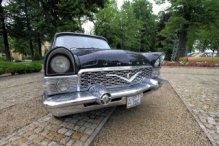











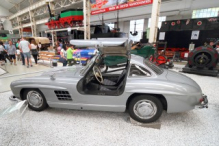
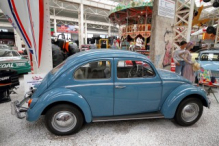

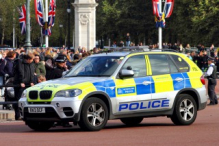



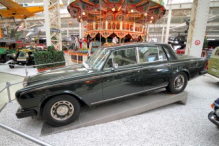
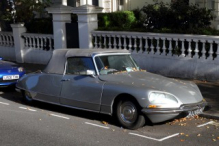


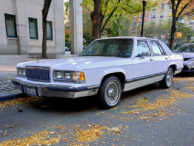



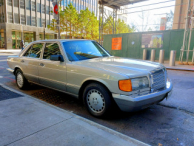






 Tags:
Tags: